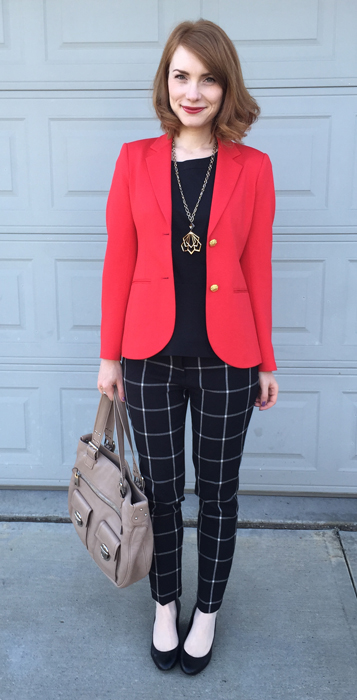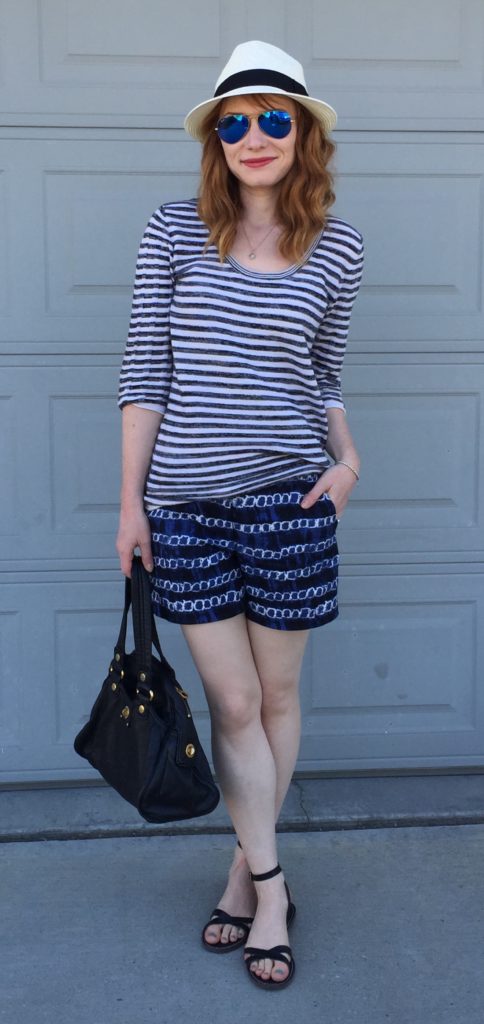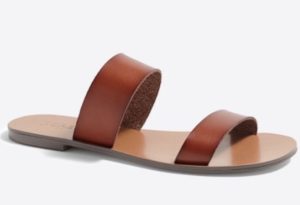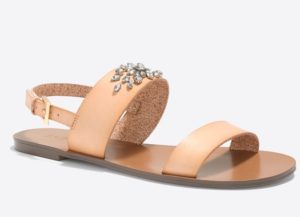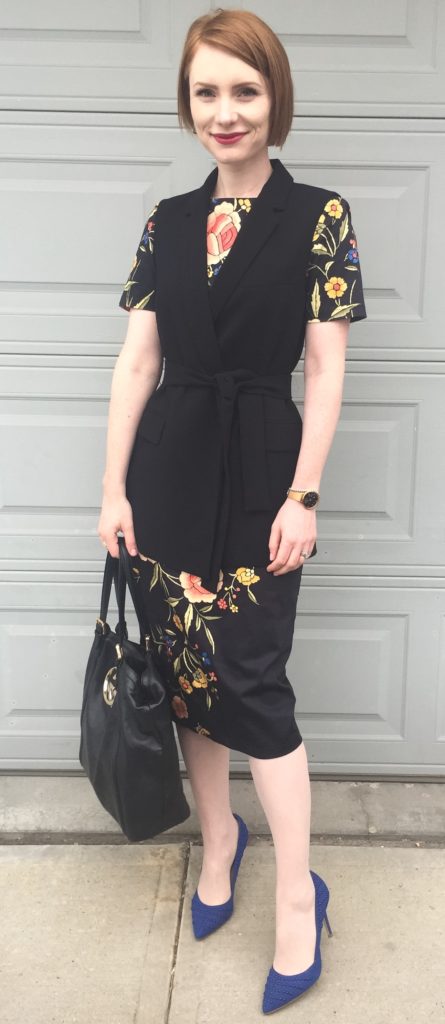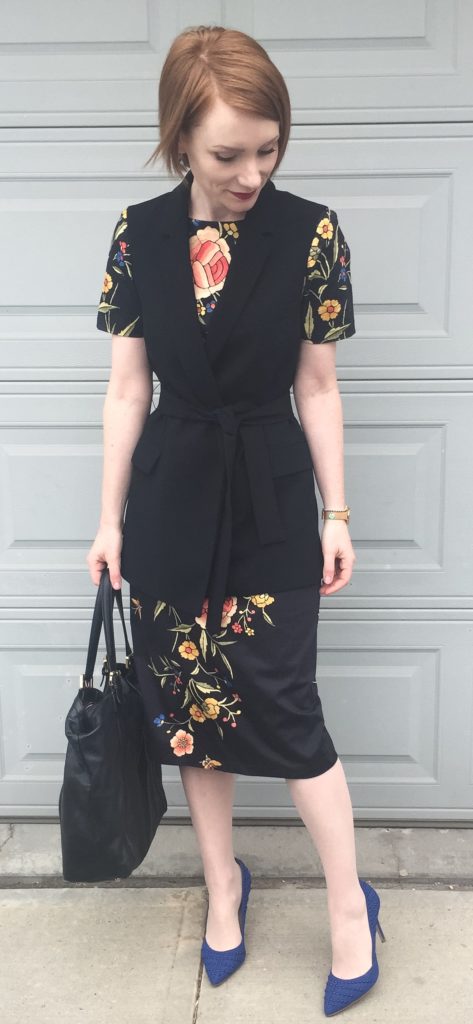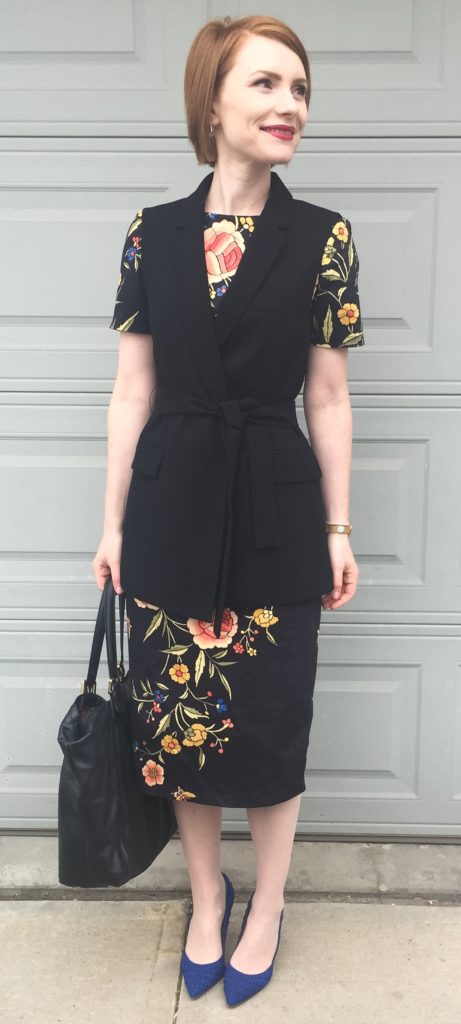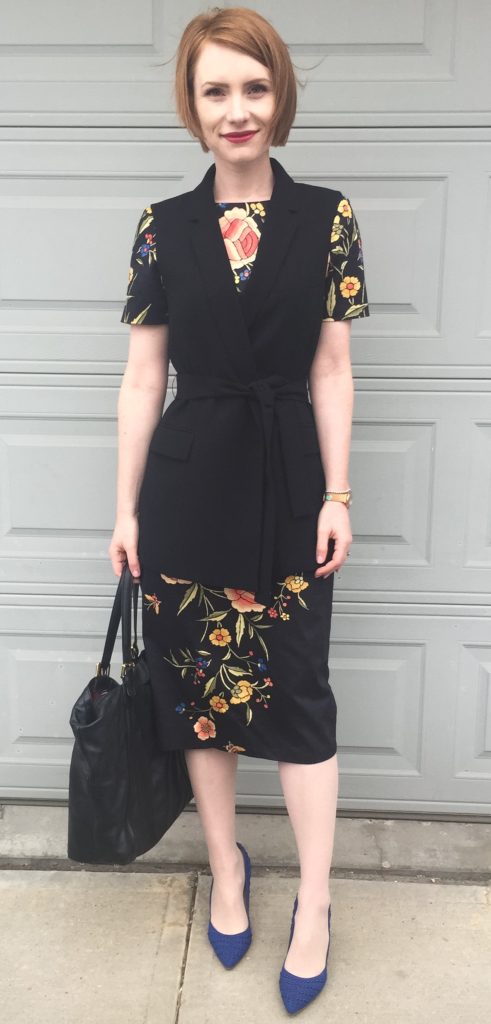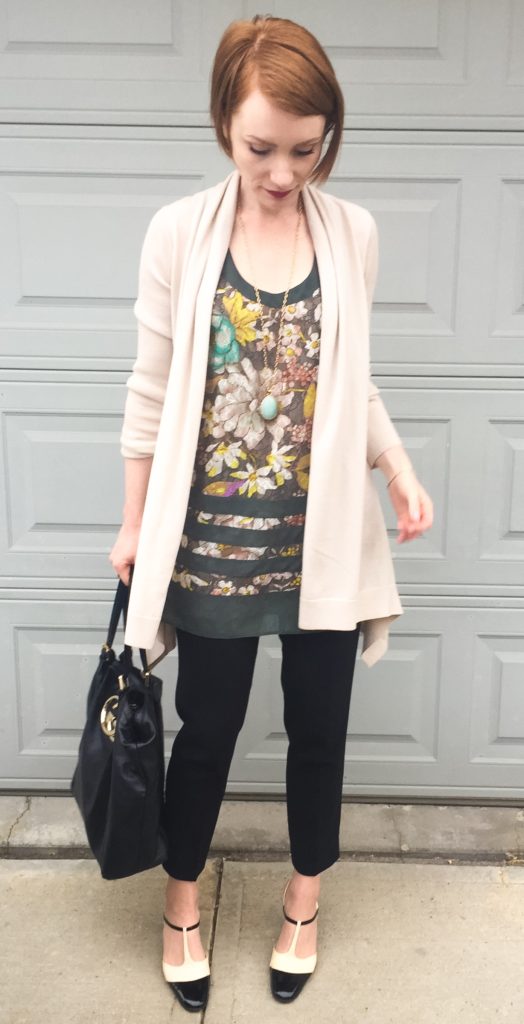
Change is good. As with all things that are inevitable in life, I think it’s best to make peace with change and look upon it with equanimity, but quite apart from all that … I like it. I don’t always enjoy the process of change — it is rarely pain-free and I’m someone who loves her comfort — but I thrive on it. I love stability, but I know I need what only change can bring. I think of it as a forest after a big fire: full of new possibilities, new perspectives, new life.
Being in the midst of change, as I have been over the last month or so, often feels like living in the middle of a blur. Everything speeds up around you, and shifts, and moves past and away from you, and your first instinct is to reach out and grab hold of it. Keep everything in place. Keep everything close. I always have to fight that instinct; to trust that, when it’s all over (and ready to begin again), the important things will still be with me, and only the things that rightfully belong to the past have been left behind. I’m getting better at that, with time. Practice makes perfect, they say.
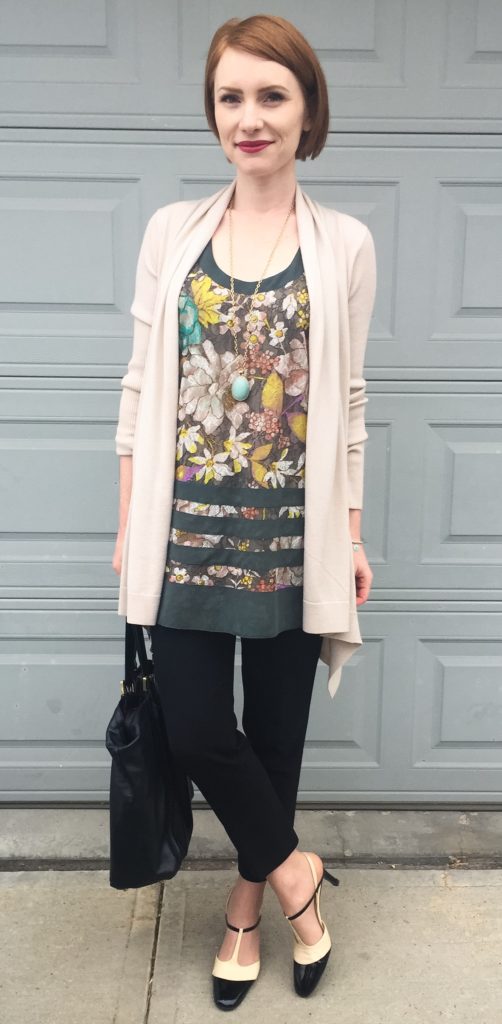
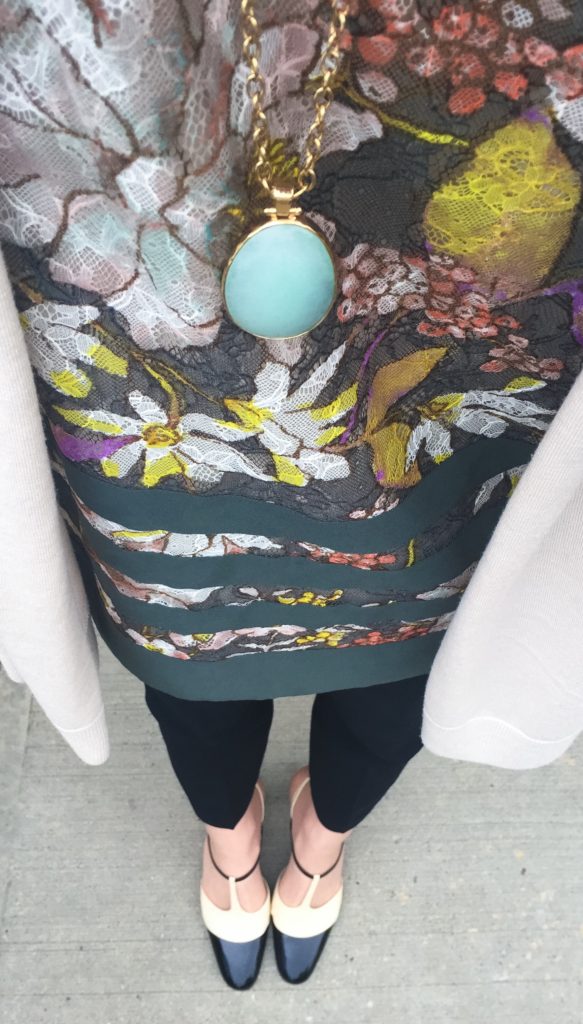
I wore this outfit on my last day at my old job. I worked there for 8 years and 3 months, give or take a week. I worked in the same office tower for over 11 years – almost my entire professional life. That last day marked a big milestone in my professional life, which now begins a new chapter — perhaps a whole new book even. It was also just a regular Wednesday; people come and go, it’s no big deal. I wanted to mark the occasion in some small, personal way so I decided to set aside the outfit I had originally picked to wear, and choose something a little more special. I figured this Etro tunic top and a favourite pair of pumps fit the bill. I built the rest of the outfit around them, and felt great in it. On a bittersweet day, it was a small comfort.
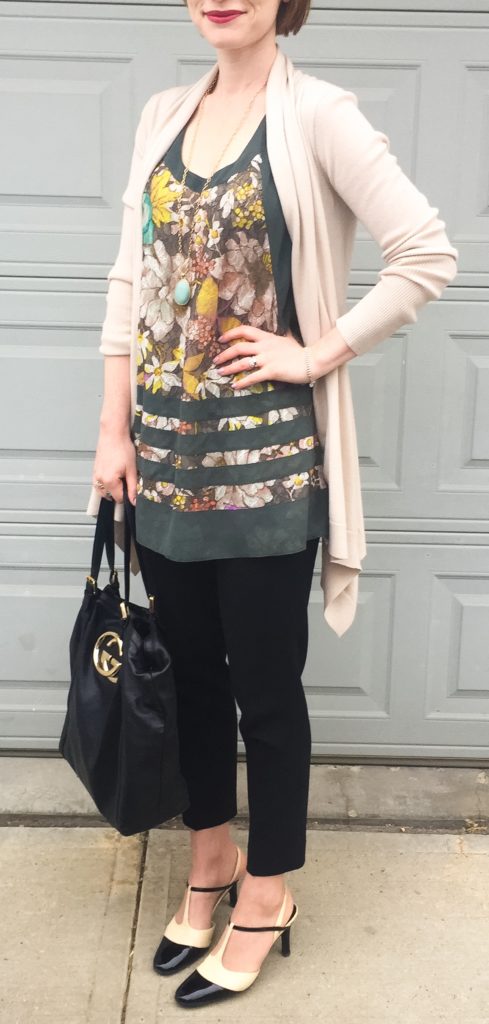
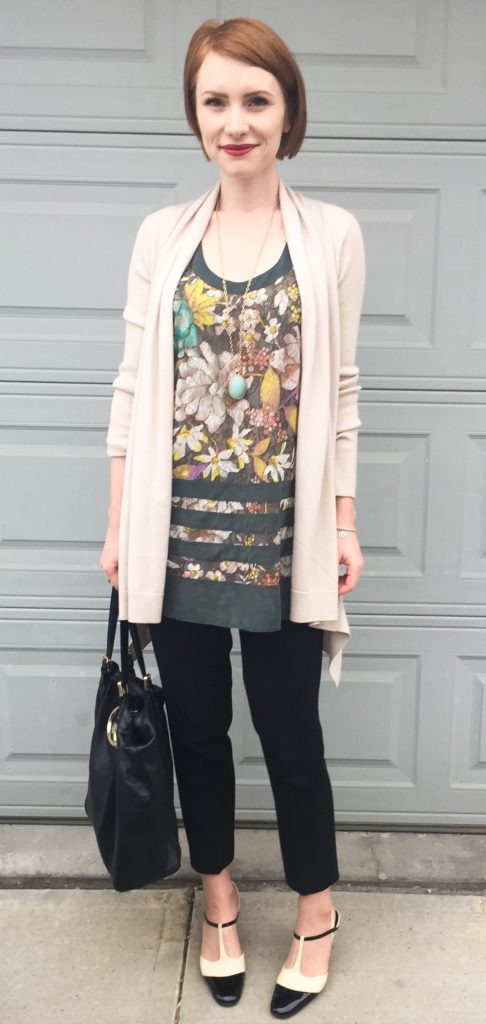
P.S. Today is my 37th birthday. It seems appropriate to post this outfit today. Change is always with us, even when we don’t notice it. Here’s to another trip around the sun!

